Methods for maintaining or developing strength during the competitive period of sports are a growing interest with strength and conditioning professionals. Resistance training, in any form, offers the potential to preserve performance and reduce injury. The challenge with in-season strength and conditioning is knowing the ideal load and program to support each athlete.
In this Academy Guide, we cover the sound principles of in-season strength and conditioning, including information on recovery and return-to-play strategies. As seasons extend longer and longer because of playoffs and intentional play, coaches need to know the best ways to use their opportunities with athletes. This article covers monitoring, injury prevention, detraining, priming, and sport psychology. If you are in sports medicine or strength and conditioning, the information shared can act as an outline for what to include with your in-season strength program.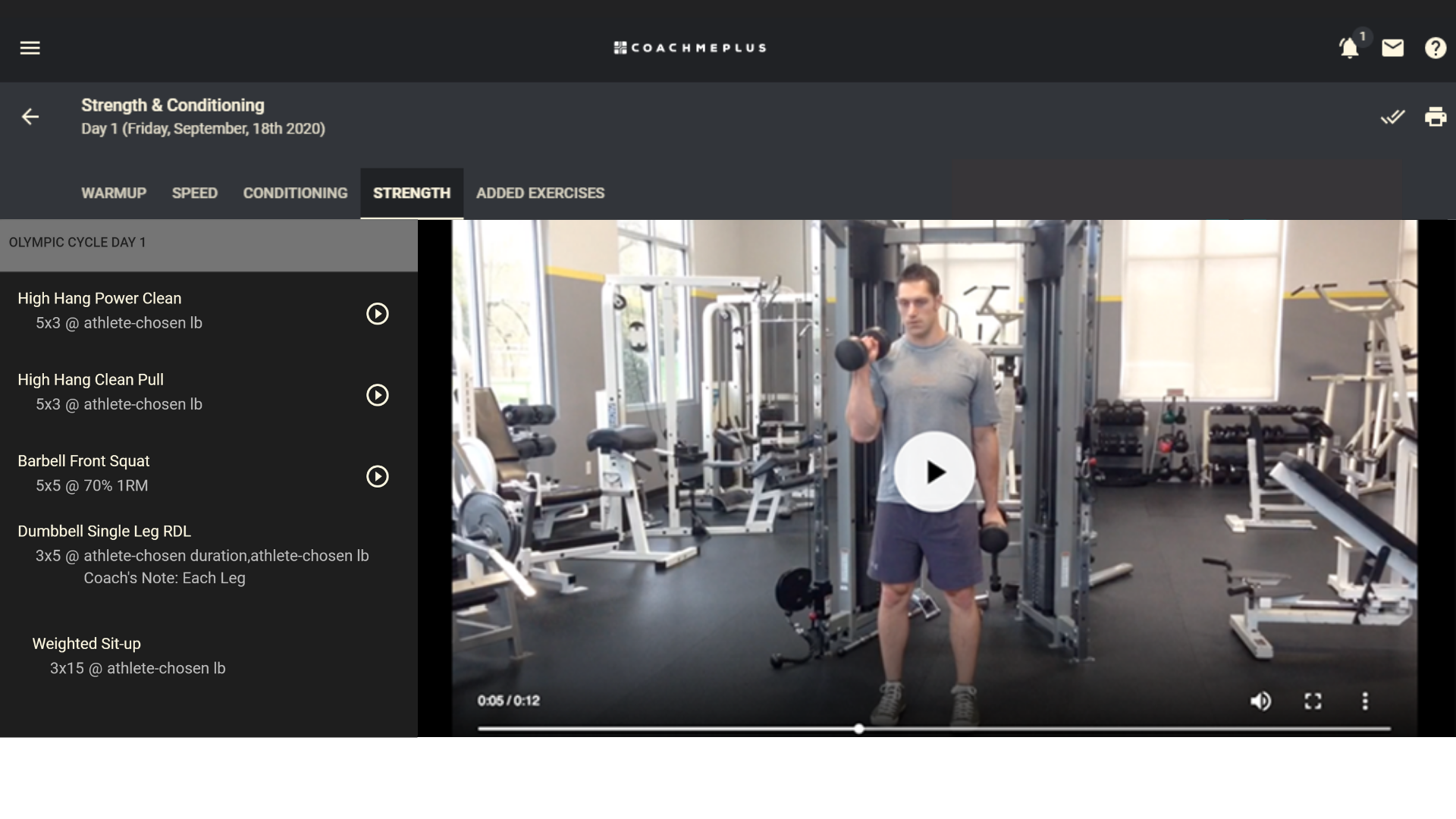
Assessing Strength and Power
Estimating maximal strength and power requires testing or training at near capacity. Athletes who are exposed to maximal strength training are more likely to have both the skills and physiological abilities to tolerate intensity, a primary driver for in-season strength training. Testing early and often encourages off-season dedication and effort during the regular in-season time period. Without question, assessing strength and power with one repetition maximum testing and jump assessments is a best practice. Additional tests, such as isometric strength and speed testing, that are commonly employed to see a cause and effect to strength development are optional, but direct measures of strength and power are essential.
Near maximal efforts are especially effective for team sport, yet they may not be tolerated by athletes if they are unfamiliar with heavy loads or even strength training. Therefore, it may be wise to use estimates of maximal strength or tests that have less skill required, such as the isometric mid-thigh pull or isometric squat test. Jump testing is an acceptable way to assess leg power, but due to the lack of training effect, tests are more limited when time is a premium. The main benefit of testing is that it improves the training program prescription to maintain or even develop additional capabilities to produce force. Outside of maximal testing, specific tests such as evaluating the Nordic hamstring exercise and groin strength with squeeze tests are popular as well. A combination of testing and familiarity with the exercise increases the chances that an athlete can succeed in sustaining the qualities of strength and power through a long competitive season. Advanced testing allows coaches to track a team or athlete’s testing during a full season.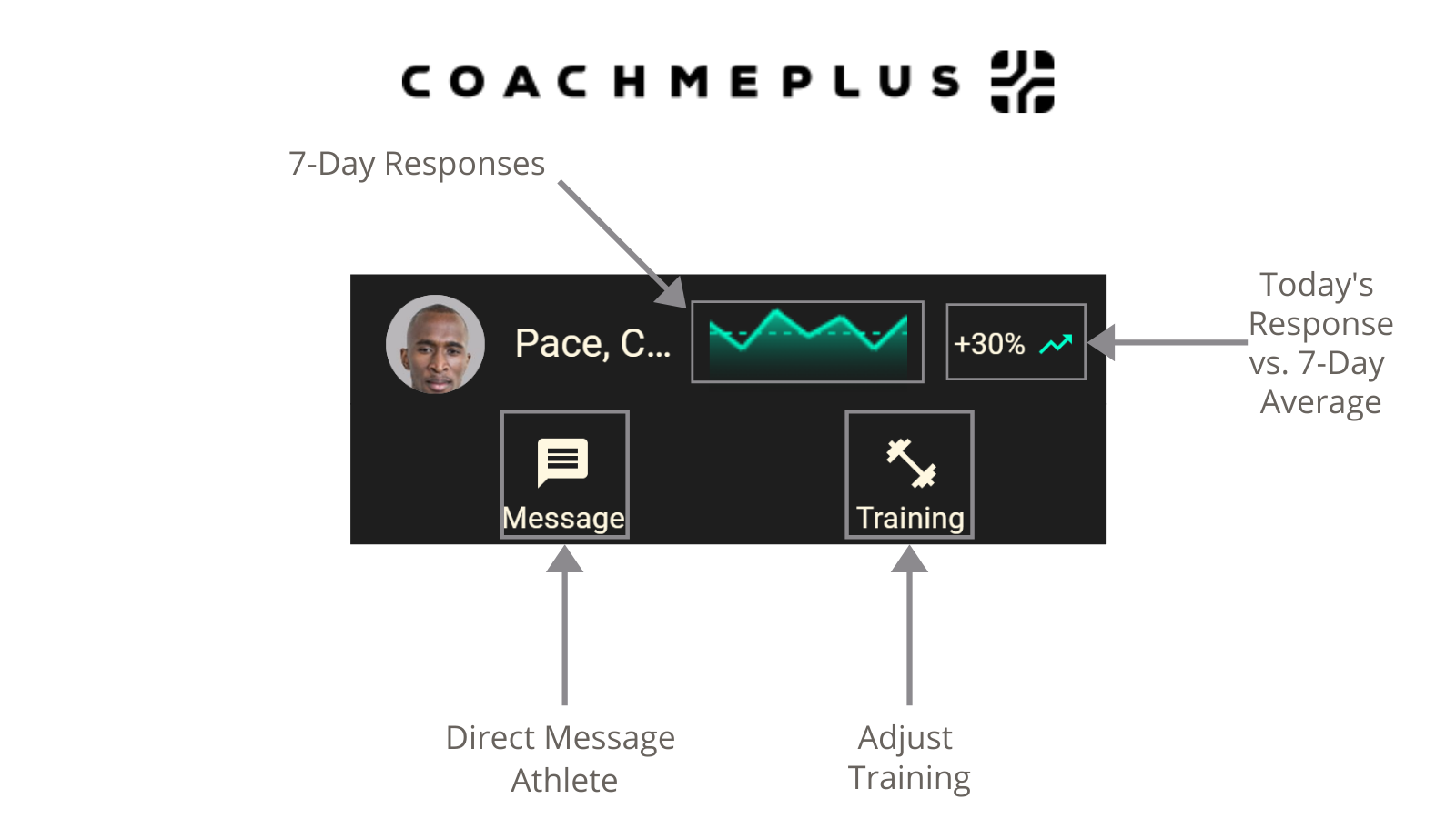
Managing Specialized Load and Recovery
After strength and power are assessed, it is necessary to manage what is available. Coaches must know how to manage the specific stressors of resistance training, as an athlete may come in tired from practice or competition but still be able to provide adequate effort to maintain strength. Overall, athletes will need to be carefully managed throughout the season to reduce overtraining and training monotony. Strength training, if performed consistently throughout the season, is one of the most effective ways to reduce injury but can become a cause of fatigue if not properly programmed. The use of velocity-based training and other barbell tracking technologies is promising, but only if coaches are able to see clear signs of overtraining outside of the bar speed. Most of the benefit of tracking the bar is volume from the output, not direct measures of velocity at this point in time.
Recovery from strength training is a lesson in patience and a willingness to accept that absolute rest is not likely in competitive seasons. Specific recovery should be planned regardless of the likelihood of unexpected rest for injury or illness. Other options outside of taking a day off exist, such as low load training with blood flow restriction methods and the combination of electrical muscle stimulation and conventional weight training. In lower levels of sport, such as youth levels, fundamental strength training is recommended. Elite sport usually requires more creative and progressive methodologies, as the season is longer, and the schedule is often congested.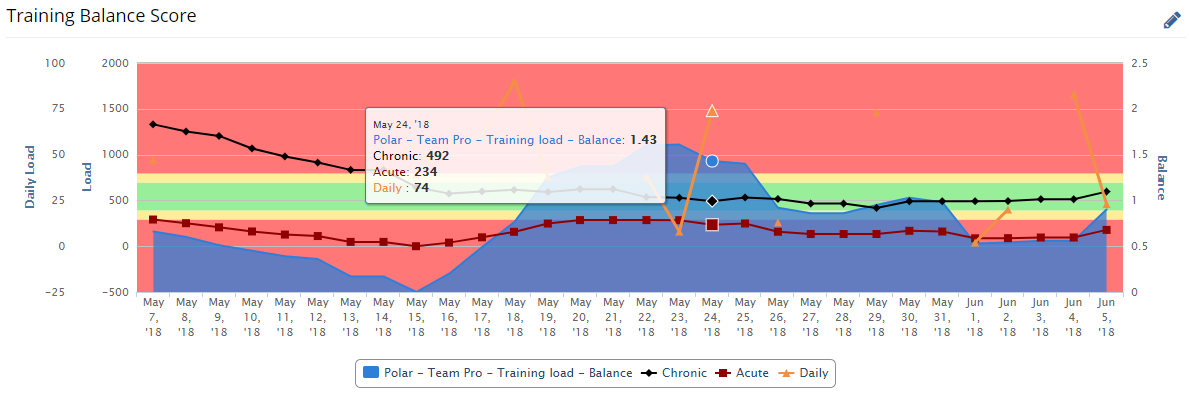
Monitoring Athlete Fatigue and Psychology
Biological monitoring and wellness questionnaires are useful for tracking fatigue in sport. The combination of subjective and objective measures and the evaluation of direct strength and power can dramatically improve the success rate of an in-season strength program. A poor willingness to train is a cardinal sign of fatigue, and those who are not motivated to strength train when not fatigued are the most likely candidates to not be compliant during heavy competitive periods. The psychological strain of travel, losses, pressure to win, and factors outside of sport can cause a great training program to be rendered ineffective if fatigue and psychological elements are not supported. Pain and fatigue are often symptoms of deeper emotional and mental states, thus causing confusion to coaches when the physical training load appears normal.
There is a growing interest in athlete welfare that is moving beyond just injuries and concussions and entering the mental health arena of sport. Many of the surface issues with training and competition are linked to mental well-being, and support systems that are able to detect problems or encourage athlete communication are essential. Coaches must optimize both athlete success and the wellness of the person, not just the competitor. Sleep and nutrition are seen as primary influences on recovery, but tapping into factors not covered by rest and diet is still an opportunity for progressive organizations. Wellness Questionnaires provide a simple and cost-effective method for collecting athlete fatigue and soreness data.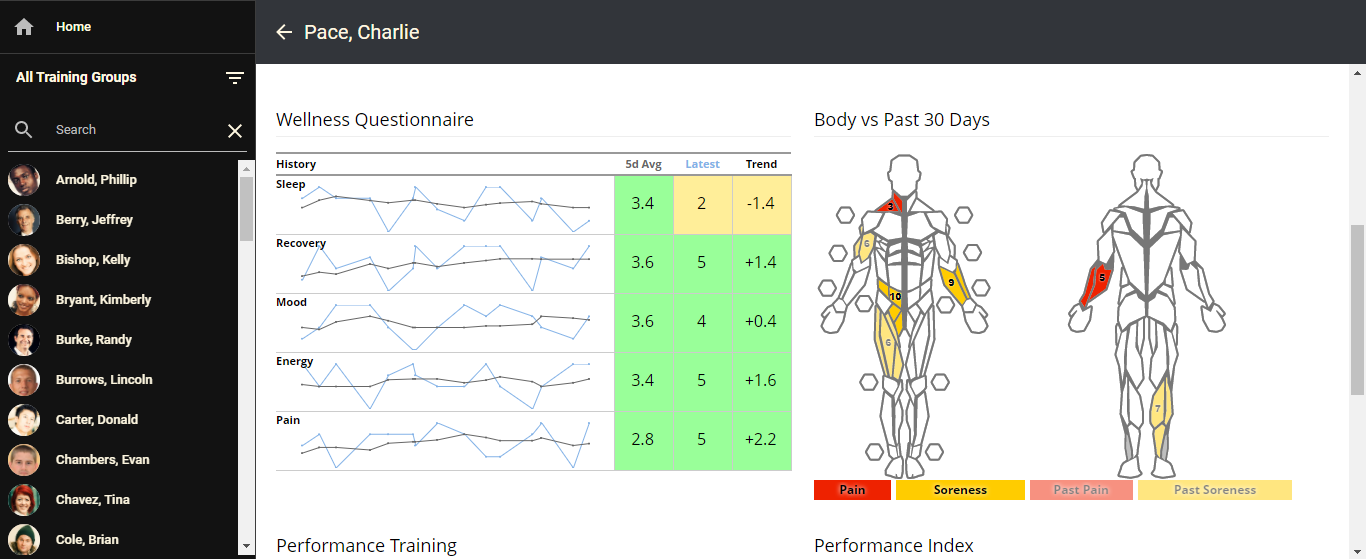
Strategic Rest and Restoration Planning
While a strength coach can adjust the workload in the weight room, the overall practices and game loads will likely be more influential on rest and recovery. It’s only natural that the strategic resting topic be raised, as a strength coach or sports medicine team cannot work successfully without the cooperation of team coaches and the athletes themselves. In order to stay healthy, rest is often employed as means to manage nagging injuries and stay fresh for playoffs or important stretches of the season. Some backlash, mainly from leagues wanting the entertainment value to be protected, has caused some concern with staff needing to address workloads. Even the research is conflicting on how rest may or may not help with injury rates and winning, but if the athlete struggles with poor performance and signs of fatigue, it’s logical to recommend resting them.
Another common scenario with the need to rest a player is when an athlete exhibits overtraining symptoms from actually being underprepared. While the athlete may be technically “out of shape” due to lack of fitness, resting them is still necessary. The tactical and strategic side of minutes played or how limited their participation in competition is a collective responsibility of both the team coaches and support staff. Athletes may work themselves back into playing shape over time if carefully managed, so rushing them and limiting necessary rest is unacceptable today. Managing rest and knowing when to take advantage of the competitive schedule are growing strategies in elite sport, but even youth organizations are learning to strategically rest an athlete for better outcomes and long-term growth.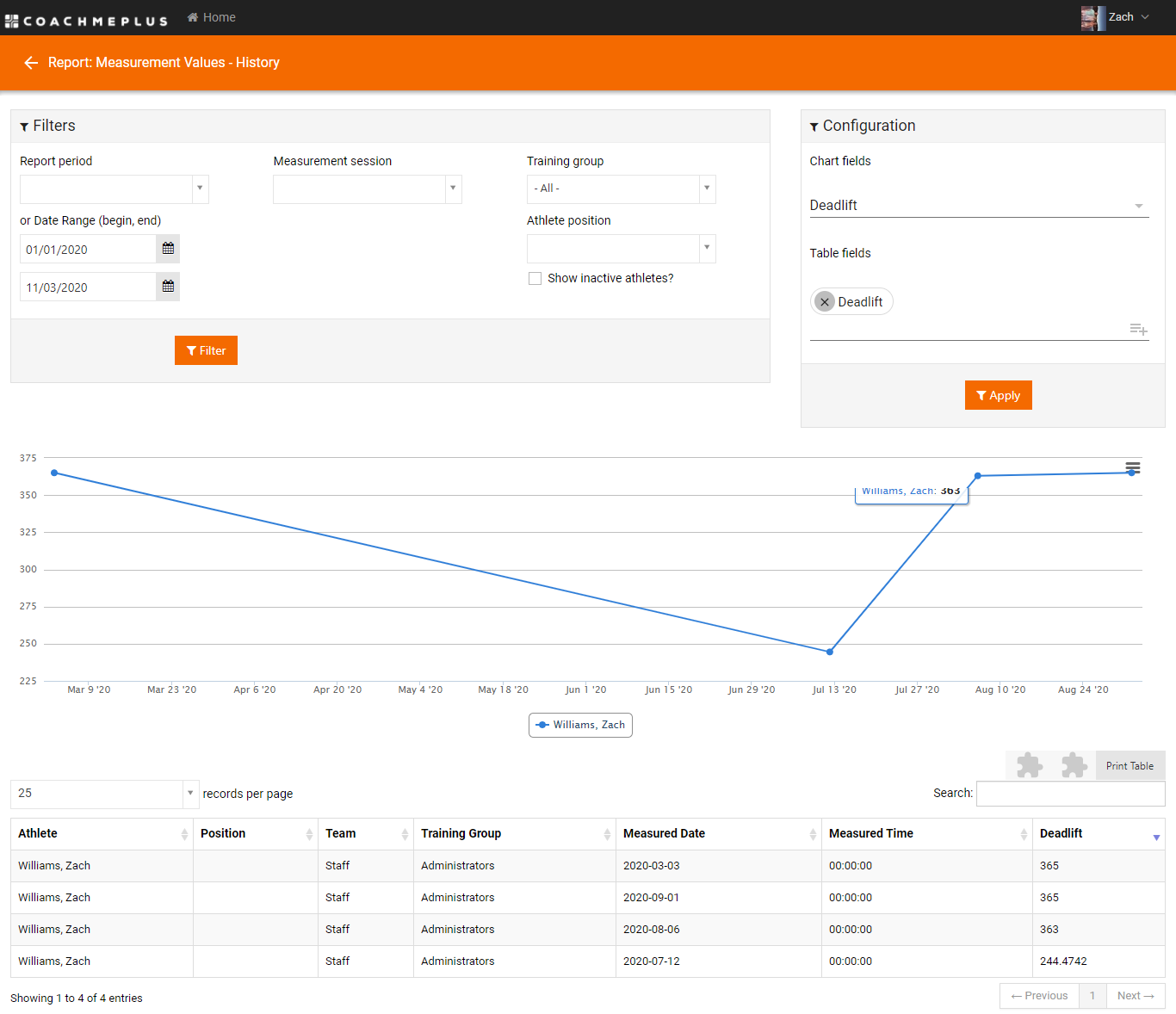
Off-Season Goals and Benchmarks
Due to the long seasons that athletes participate in, many coaches find off-season training to be delayed and reduced in both volume and intensity. Coaches who inherit an athlete from a private coach are often faced with an athlete who has either done too much to prepare and is already overtrained, or an athlete who is ill-prepared for the season. The success of an athlete during the season requires they start off sufficiently prepared, and that depends on the off-season training. Setting goals and tracking changes is paramount for a successful year, and it’s recommended that strength and conditioning professional set expectations early and with very clear standards. If the training philosophy is open and shared, the accountability with the athlete may improve. There is no guarantee that an athlete will follow the suggestions of a team strength coach, but at least the unnecessary blame can be reduced when benchmarks and testing are in place.
Correspondence training is effective and more popular due to digital programs and more private facilities willing to collaborate with teams. Team coaches who are willing to work with private coaches constructively have more of a chance to succeed if they are communicating and sharing information properly. Usually, off-season success and failure are due to the classical and methodological differences in programs, when a compromise could have been made based on a shared goal that was objective and clear. Therefore, for the athlete to succeed in a modern era, both a digital presence and physical leadership role are needed with the coaches who oversee their off-season. The new skillset of a modern strength and conditioning coach likely includes visiting athletes, as well as developing a rapport with private coaches. Additionally, expect more opportunities down the road to improve training, as education and professional development grow. Strength and conditioning software can help coaches distribute workouts and monitor training remotely.
Plan, Monitor, and Adjust Training During the Competitive Period
Flexible planning and very strict monitoring are essential to give athletes the best shot at finishing the season strong and resilient. It’s expected that coaches must prepare and be vigilant for signs of overtraining, but also not overact and start resting too early or too much. Strength training is a potent and systemic solution for staying healthy, producing on the field, and extending careers as far as possible.
The principles listed above give the best chance of success if they’re properly implemented. In addition to the recommendations outlined, it’s important that coaches use their own workout history to determine what an athlete responds best to, as no research can replicate the exact needs of an athlete.
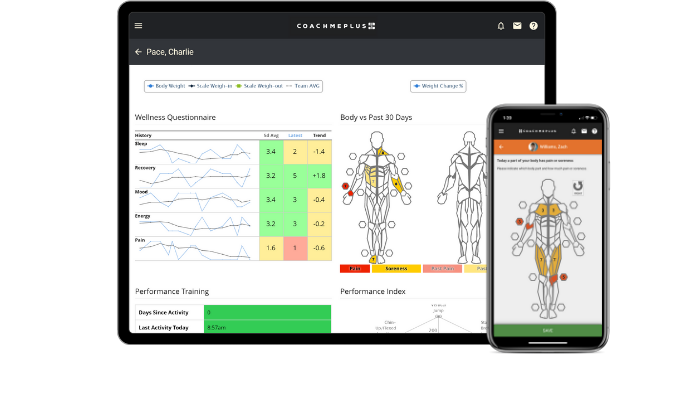
CoachMePlus is a comprehensive solution for any training environment, ranging from scholastic level to pros, and including both military and private facilities.

Recent Comments